-
How does it feel?
Horsetail has a moderate to strong grassy flavour which is much like the taste of green tea. There is also a mild earthy or salty taste which is indicative of its high mineral content. On drinking the tea one can quickly pick up on its astringent properties as it lightly drys the lining of the mouth.
-
What can I use it for?
 Horsetail can be used for a number of first aid applications such as for wound healing and for sprains, strains and minor broken bones to help speed up the healing of minor joint injuries. It can also be used as a poultice or made into an ointment to apply externally as well as taken internally for short periods of up to 3 weeks to assist in tissue regeneration and reducing inflammation around the injury.
Horsetail can be used for a number of first aid applications such as for wound healing and for sprains, strains and minor broken bones to help speed up the healing of minor joint injuries. It can also be used as a poultice or made into an ointment to apply externally as well as taken internally for short periods of up to 3 weeks to assist in tissue regeneration and reducing inflammation around the injury.The high mineral content of horsetail makes it an excellent choice for hair loss and for weak or brittle nails. It encourages growth and provides some of the essential nutrients for healthy skin, nails and hair by encouraging growth and regeneration. Horsetail may be used alongside rosemary, nettle or amla as an infused oil blend. The oil should be applied at the roots – combined down through the length of the hair and left in overnight 2- 3 times a week. Brittle nails or hair loss may be a sign of poor health so it is important to consult with a medical herbalist or healthcare provider if the origin of this condition is unknown.
Horsetail is also an important herb for urinary health. It can be used as part of a healing strategy for urinary tract infections (UTI) both during and after. It works via an astringent and anti-inflammatory action and also as a mild diuretic to flush out the urinary tract.
Please note: It is however important to note that whilst horsetail is able to assist in healing of the urinary tract – it cannot be used alone to treat the infection itself. One must ensure that UTI’s are treated appropriately to tackle the infection itself either by consulting a medical herbalist or under the treatment of a qualified medical professional, so that it does not lead to kidney infection. Horsetail is often used alongside diuretic herbs like and anti-infectives such as uva-ursi or juniper berry to name a few. A herbalist will often advise a course of herbal treatment along with dietary changes and other supplements to create a lasting resolution as well as to reduce the chances of recurring infections.
-
Into the heart of horsetail
 Energetically horsetail is cooling and dry. Its cooling action comes from a secondary detoxing effect that results from increased diuresis. Its astringency is responsible for its tonic and drying effect on the mucous membranes (13).
Energetically horsetail is cooling and dry. Its cooling action comes from a secondary detoxing effect that results from increased diuresis. Its astringency is responsible for its tonic and drying effect on the mucous membranes (13).Horsetail is an excellent tonic for the bones and it is regenerative to connective tissue throughout the body. It works to heal torn tendons and injured muscles or joints. It is also a nutritive blood tonic due to its high mineral content. It can be used to help restore blood quality after prolonged periods of poor health or following convalescence. Paired with nettle, it works to build up iron levels in cases of anaemia (13, 15).
Horsetail is also highly beneficial for post-surgery to accelerate tissue healing. It strengthens the connective tissue, especially the elastic tissues such as in the lungs and bladder. This is useful in conditions like bronchitis or for the weakness of inflamed lungs caused by asthma. Due to its astringent properties, it decreases excessive secretions and bloody sputum from irritation (14). Its silica also helps to rebuild the tensile strength in the lung tissue (13).
-
Traditional uses
The medicinal use of horsetail dates back to ancient Roman and Greek times. It was used traditionally to stop bleeding, heal ulcers and wounds, and treat tuberculosis and kidney problems.
Culpepper, the 17th century herbalist, wrote that horsetail ‘is very powerful to stop bleeding in or outward… including ulcers and inflammations’. A decoction applied externally was used to stop bleeding wounds and help to quickly heal them.
The ash of the burnt plant was traditionally used for stomach acid issues such as dyspepsia as it is considered both cooling and astringent.
In China, horsetail was traditionally used to treat a wide variety of eye disorders, hence the Chinese common name of “eyes of fire.” This traditional use of horsetail was also reflected in the early western practice of herbal medicine.
-
Traditional actions
Herbal actions describe therapeutic changes that occur in the body in response to taking a herb. These actions are used to express how a herb physiologically influences cells, tissues, organs or systems. Clinical observations are traditionally what have defined these actions: an increase in urine output, diuretic; improved wound healing, vulnerary; or a reduction in fever, antipyretic. These descriptors too have become a means to group herbs by their effects on the body — herbs with a nervine action have become the nervines, herbs with a bitter action are the bitters. Recognising herbs as members of these groups provides a preliminary familiarity with their mechanisms from which to then develop an understanding of their affinities and nuance and discern their clinical significance.
-
Traditional energetic actions
Herbal energetics are the descriptions Herbalists have given to plants, mushrooms, lichens, foods, and some minerals based on the direct experience of how they taste, feel, and work in the body. All traditional health systems use these principles to explain how the environment we live in and absorb, impacts our health. Find out more about traditional energetic actions in our article “An introduction to herbal energetics“.
-
What practitioners say
 Musculoskeletal
MusculoskeletalHorsetail is an important herb for a number of conditions in the musculoskeletal system. One of its primary functions is to support the structural health of the bones and connective tissue. It is indicated for the treatment of osteoporosis (3) and other connective tissue disorders concerning the degeneration of bones, ligaments and tendons. It is specific for brittle bones that are often experienced with the menopause. It is important to note that whilst herbs can offer effective support for these conditions- exercise and dietary changes are paramount here to increase the blood supply to the skeletal tissue and encourage tissue growth and renewal (13).
Horsetail works by promoting the activity of osteoblasts (cells which play a key role in the formation of new bone) whilst also reducing the activity of osteoclasts (cells which break down bone). Horsetail has been shown to improve bone density (3, 11).
As well as promoting tissue regeneration horsetail reduces inflammation. Much of the bone healing properties of this herb are attributed to its high mineral content- silicon being one which is important for the healing of bones, ligaments and tendons. It is also rich in calcium, manganese and potassium (12). Horsetail is considered to supply nutrients to bone tissue (9).
Horsetail can be used internally and topically at the same time for fractured bones. Due to the speed at which some herbal medicines can take effect in bone healing it is important to only apply any bone healing strategy once there is full certainty that surgical resetting is not required.
For these purposes horsetail is best taken as an infusion or decoction due to the water solubility of its minerals. It combines well with gotu kola which improves the integrity of blood vessel walls, thereby improving blood supply to bone tissue and also nettle another nutrient-rich bone-healing herb.
Many sources advise that horsetail is not suitable for long-term use. It is best to work under the guidance of a professional herbalist for more chronic conditions and where taking horsetail is concerned. It would otherwise be recommended to take it for the bone-healing period only. Take a look at our article on herbal protocol for broken bones, for more advice on holistic bone healing protocols.
Hair, skin and nails
Horsetail is an effective vulnerary to the skin, hair and nails. It has been used in wound healing and also to heal ulcers which is likely due to the same mechanisms as for bone healing. Horsetail also has a styptic action, meaning that it helps to reduce bleeding via its astringent action upon the skin. This is often applied as a strong decoction externally.
Genito-urinary system
Horsetail is used for a number of applications in the urinary system. It is an important element of any treatment plan for urinary tract inflammations or infections. It works via a powerfully astringent action- improving the tonicity of the urinary mucous membranes. This astringency also acts as a styptic, toning and reducing capillary perfusion to reduce inflammation and stop bleeding (5, 6).
As well as having these tonic, astringent actions horsetail is also a mild diuretic that improves the flushing out of the urinary tract. It may also be used for renal gravel as well as for minor haemorrhage, cystic ulceration and ulcers and inflammations in the genito- urinary passages (5, 6). It is also indicated for the treatment of benign enlargement of the prostate gland (5).
Horsetail strengthens the bladder and is useful in chronic recurring bladder infections. This can be a sign of cystitis or weak tissues. An infusion or decoction of horsetail taken internally is best to help with kidney stones, UTI and oedema by gently detoxifying and removing waste products from the body (2, 12).
Horsetail is also sometimes used to rebuild or support the structural health of the uterus or bladder in prolapse, it helps to strengthen the muscles and connective tissue. This may also be helpful for incontinence issues (13).
-
Research
 Musculoskeletal system
Musculoskeletal systemA review of the pharmacological actions of horsetail reported in-vitro studies of human cells (in test tubes), whereby a horsetail extract was shown to reduce the activity of osteoclasts (cells which break down bone), whilst seeming to promote the activity of osteoblasts (cells which play a key role in the formation of new bone) and prevented the risk of infection (1).
In one study, 122 Italian women took horsetail dry extract or Osteosil calcium 270 mg twice daily (a horsetail/calcium combination used in Italy for osteoporosis and fractures). Both groups who took horsetail experienced improved bone density (3).
An in vitro study was carried out to assess the osteoblastic modulation and antibacterial activity of horsetail preparations in order to further understand its use in bone healing. Three extracts were tested (10-1000 μg/ml) in human osteoblastic cells and in addition, the effects of the extracts on Staphylococcus aureus were also assessed. The study concluded that horsetail extracts elicited inductive effects on human osteoblasts while inhibiting activity of S. Aureus. These findings show an interesting outline regarding the bone regeneration properties of horsetail (9).
Another in vitro study was carried out to investigate the effects of a hydromethanolic extract of horsetail on human osteoclastogenesis which is an important process in bone healing and formation. Osteoclast precursors were maintained in non‐stimulated and stimulated conditions, or in co‐cultures with osteoblasts. Cell cultures were treated with 0.00016–0.5 mg/ml of the horsetail extract. The study results show that horsetail modulates osteoclastogenesis, either by acting directly on osteoclast precursor cells, and/or via osteoblasts confirming the plant’s long-standing use for the treatment of pathophysiological conditions associated with increased osteoclastic activity. The study concludes that horsetail has a potential therapeutic application in bone regeneration strategies (10).
Urinary system
A double-blind, randomised controlled trial was carried out to evaluate the acute diuretic effects of horsetail on 36 healthy male volunteers. The subjects were randomly distributed into three groups that underwent a three-step treatment. For four consecutive days, we alternately administered a standardised dried extract of horsetail at 900 mg a day), placebo or hydrochlorothiazide (25 mg/day), separated by a 10-day washout period.
The horsetail extract produced a diuretic effect that was equivalent to that of hydrochlorothiazide without causing significant changes in the elimination of electrolytes. These effects were significantly stronger than that of the control. The study shows the efficacy of horsetail as a diuretic (7).
Another study examined the use of horsetail by people who had a history of uric acid kidney stones. The people who took horsetail experienced an increase in diuresis (urine output) (2).
Wound healing
A double-blind clinical trial was performed on 108 postpartum nulliparous mothers to investigate the efficacy of horsetail ointment on wound healing and pain intensity after episiotomy. The study divided women into two groups- 54 women in the horsetail group and 54 women in placebo group The study results showed that 3% horsetail ointment promoted wound healing and relieved pain during the 10-day period after episiotomy. These results are promising for the compounding of evidence for the use of horsetail in wound healing, although further studies are needed (8).
-
Did you know?
The horsetails are primitive plants. Fossil material of horsetail has been found from the Carboniferous period, about 300 million years ago.
The name Equisetum is derived from the Latin roots equus, meaning “horse,” and seta, meaning “bristle.
Additional information
-
Botanical description
Horsetail is a rhizomatous plant that has sterile, green stems of around 20 to 80 cm which are erect or decumbent, slightly rough, with 6 to 18 vertical ridges or sections. These hollows or sections are shallower than in marsh horsetail. Its branches are numerous in regular whorls and the sheaths loose green with erect black teeth lacking obvious white edges. Its new growth cones in spring are 1 to 4 cm long and terminal on ivory to pinkish thicker unbranched stems whose sheaths are large and pale brown.
It can be easily mixed up with other horsetail species. If in doubt, cut through the central stem to look at the arrangements of hollows. E. arvense has a central hollow less than half the size of the peripheral hollows, unlike E. palustre, where the central hollow is about the same size as the peripherals. E. fluviatile has a large central hollow, more than three-quarters the width of the stem.
-
Common names
- Field horsetail
- Common horsetail
- Shave-gras
- Bottle-brush
- Paddock-pipes
- Dutch rushes
- Pewterwort
-
Safety
Horsetail is not recommended for use in pregnancy and breastfeeding unless under the guidance of a qualified medical herbalist (6). Prolonged use of horsetail is also not recommended unless under the supervision of a medical professional.
-
Interactions
Taking horsetail by mouth may cause levels of vitamin B1 (thiamin) in the body to drop. As alcohol can cause levels of vitamin B1 to drop it is not advised to drink alcohol during any course of taking horsetail.
-
Contraindications
Horsetail is contraindicated in known sensitivity to equisetum species. It should also be used with caution in patients with oedema due to impaired heart function (6).
-
Preparations
- Dried
- Herbs
- Tincture
- Fluid extract
-
Dosage
Tincture (1:5 in 25%): Take between 2- 4ml in a little water up to three times a day.
Infusion: Pour one cup of boiling water over 2 teaspoons of dried herb and infuse for 15-20 minutes. This should be drunk 3 times a day.
Fluid extract: Take between 1- 4ml in a little water up to three times a day.
-
Plant parts used
All of the aerial parts. Leaf and stem are used in their entirety, cut off just above the root. Horsetail is harvested after the fruiting stems have died down. Barren stems will appear after. This is the correct time to harvest for medicinal purposes.
-
Constituents
- Silica 7.5%; horsetail contains high concentrations of silicic acid, up to 14%, and is sometimes used as an organic source of silicon (12)
- Flavonoids – apigenin, kaempferol, luteolin and quercetin, epuicetrin and their derivatives
- Polyphenolic compounds – caffeic acid derivatives.
- Alkaloids- trace amounts of the alkaloid nicotine; palustrine; palustrinine
- Sterols – cholesterol, isofucosterol and campesterol
- Thiaminase (an enzyme that breaks down thiamine). This is inactivated in some supplements (4, 5)
- Calcium 1.7%, manganese; potassium 1.8% (12).

-
Habitat
Horsetail is native throughout the arctic and temperate regions of the Northern Hemisphere. It grows in open woodlands, grasslands, pastures, crops, roadsides, gardens, swamps, wetlands, waterways and the margins of other waterbodies.
-
Sustainability
According to the IUCN Red List of Threatened Plants Status horsetail is classed as ‘least concern’. The IUCN state that ‘the species is widespread and while it is possibly declining in parts of its range, it is not thought that any global population decline is likely to meet (or be close to meeting) the threshold for ‘vulnerable’ classification’ (11).
Habitat loss and over-harvesting from the wild are two of the biggest threats faced by medicinal plant species. There are an increasing number of well-known herbal medicines at risk of extinction. We must therefore ensure that we source our medicines with sustainability in mind.
The herb supplement industry is growing at a rapid rate and until recent years a vast majority of medicinal plant products in global trade was of unknown origin. There are some very real and urgent issues surrounding sustainability in the herb industry. These include environmental factors that affect the medicinal viability of herbs, the safety of the habitats that they are taken from, as well as the welfare of workers in the trade.
The botanical supply chain efforts for improved visibility (transparency and traceability) into verifiably sustainable production sites around the world is now certificated through the emergence of credible international voluntary sustainability standards (VSS). Read our article on sustainable sourcing of herbs to learn more about what to look for and questions to ask suppliers about sustainability.
-
Quality control
Herbal Medicines are often extremely safe to take, however it is important to buy herbal medicines from a reputed supplier. Sometimes herbs bought from unreputable sources are contaminated, adulterated or substituted with incorrect plant matter.
Some important markers for quality to look for would be to look for certified organic labelling, ensuring that the correct scientific/botanical name is used and that suppliers can provide information about the source of ingredients used in the product.
A supplier should be able to tell you where the herbs have come from. There is more space for contamination and adulteration when the supply chain is unknown.
-
How to grow
Similar to ferns, horsetail reproduces through spores rather than seeds, as well as underground rhizomes. Horsetail’s ability to grow in a wide range of conditions and combined with its imperviousness to diseases and pests has made it one of the primitive plant worlds most successful survivors. It prefers fine in full sun or part shade, neutral or acidic soil, and though it thrives in humidity, horsetail tolerates any type of temperature. Horsetail can easily become invasive so it is best to grow it in a large container. It thrives best in poor, sandy, gravely soil that is frequently wet.
- Plant horsetail in open areas where other plants can’t thrive and it will quickly fill in space.
- It is advised to contain horsetail, if desired, by installing plastic barriers in the soil or plant it in a deep pot buried in the ground. Ideally plant horsetail in spring in open areas where other plants can’t thrive and it will quickly fill in space.
- The soil must be kept moist as horsetail prefers wet conditions. Horsetail may even grow in standing water, such as water gardens or swampy areas.
- Horsetail requires little maintenance though the plant can handle some drought conditions.
-
References
- Al-Snafi AE. The pharmacology of Equisetum arvense- A review. IOSR Journal Of Pharmacy. 2017:7(2.1):31-42. D0702013142.pdf (iosrphr.org)
- Tiktinskii OL, Bablumian IA. [Therapeutic action of Java tea and field horsetail in uric acid diathesis]. Urol Nefrol (Mosk). 1983;3(1):47-50
- Corletto F. [Female climacteric osteoporosis therapy with titrated horsetail (Equisetum arvense) extract plus calcium (osteosil calcium): randomized double blind study]. Miner Ortoped Traumatol. 1999;50:201-206.
- Baxter, K. (2010). Stockley’s drug interactions : a source book of interactions, their mechanisms, clinical importance and management. London Etc: Pharmaceutica Press.
- Hoffmann, D. (2003). Medical Herbalism – principles and practices. Inner Traditions Bear And Comp.
- Bernat (2019). Equiseti herba (Equisetum stem, Horsetail stem) – online consultation. [online] ESCOP. Available at: https://escop.com/equiseti-herba-equisetum-stem-horsetail-stem-online-consultation/ [Accessed 16 May 2023].
- Carneiro, D.M., Freire, R.C., Honório, T.C. de D., Zoghaib, I., Cardoso, F.F. de S. e S., Tresvenzol, L.M.F., de Paula, J.R., Sousa, A.L.L., Jardim, P.C.B.V. and Cunha, L.C. da (2014). Randomized, Double-Blind Clinical Trial to Assess the Acute Diuretic Effect ofEquisetum arvense(Field Horsetail) in Healthy Volunteers. Evidence-Based Complementary and Alternative Medicine, [online] 2014, pp.1–8. doi:https://doi.org/10.1155/2014/760683.
- Asgharikhatooni, A., Bani, S., Hasanpoor, S., Mohammad Alizade, S. and Javadzadeh, Y. (2015). The Effect of Equisetum Arvense (Horse Tail) Ointment on Wound Healing and Pain Intensity After Episiotomy: A Randomized Placebo-Controlled Trial. Iranian Red Crescent Medical Journal, 17(3). doi:https://doi.org/10.5812/ircmj.25637.
- Bessa Pereira, C., Gomes, P.S., Costa-Rodrigues, J., Almeida Palmas, R., Vieira, L., Ferraz, M.P., Lopes, M.A. and Fernandes, M.H. (2012). Equisetum arvense hydromethanolic extracts in bone tissue regeneration: in vitro osteoblastic modulation and antibacterial activity. Cell Proliferation, 45(4), pp.386–396. doi:https://doi.org/10.1111/j.1365-2184.2012.00826.x.
- Costa‐Rodrigues, J., Carmo, S.C., Silva, J.C. and Fernandes, M.H.R. (2012). Inhibition of human in vitro osteoclastogenesis by Equisetum arvense. Cell Proliferation, [online] 45(6), pp.566–576. doi:https://doi.org/10.1111/j.1365-2184.2012.00848.x.
- Maiz-Tome, L. (2015). IUCN Red List of Threatened Species: Equisetum arvense. [online] IUCN Red List of Threatened Species. Available at: https://www.iucnredlist.org/species/167857/161580271 [Accessed 17 May 2023].
- Menzies-Trull, C. (2013). Herbal medicine keys to physiomedicalism including pharmacopoeia. Newcastle: Faculty Of Physiomedical Herbal Medicine (Fphm).Brooke, E. (2018). Woman’s Book Of Herbs. The woman’s Press Ltd. Great Britain.
- Brooke, E. (2018). Woman’s Book Of Herbs. The woman’s Press Ltd. Great Britain.
- Witch in the Woods Botanicals. (n.d.). HORSETAIL. [online] Available at: https://witchinthewoodsbotanicals.com/pages/horsetail [Accessed 19 May 2023].
- Harrison, F., Furner-Pardoe, J. and Connelly, E. (2022). An assessment of the evidence for antibacterial activity of stinging nettle (Urtica dioica) extracts. Access Microbiology, 4(3). doi:https://doi.org/10.1099/acmi.0.000336.

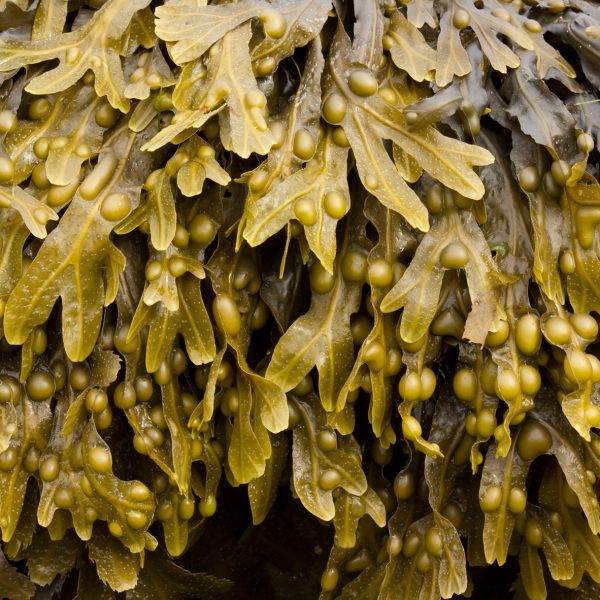
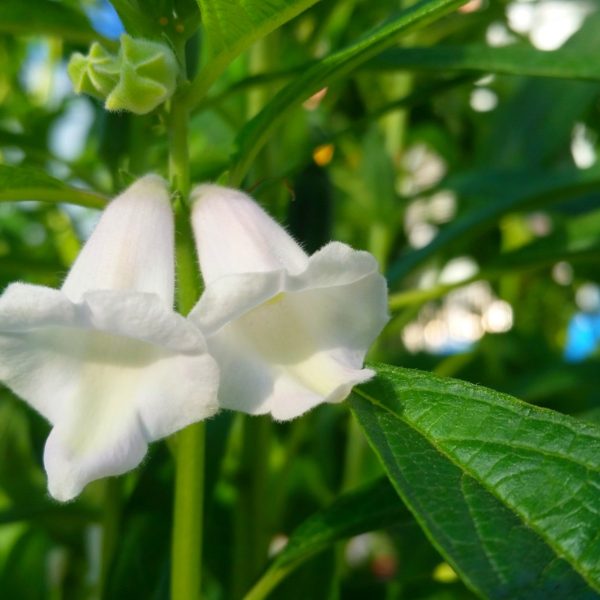












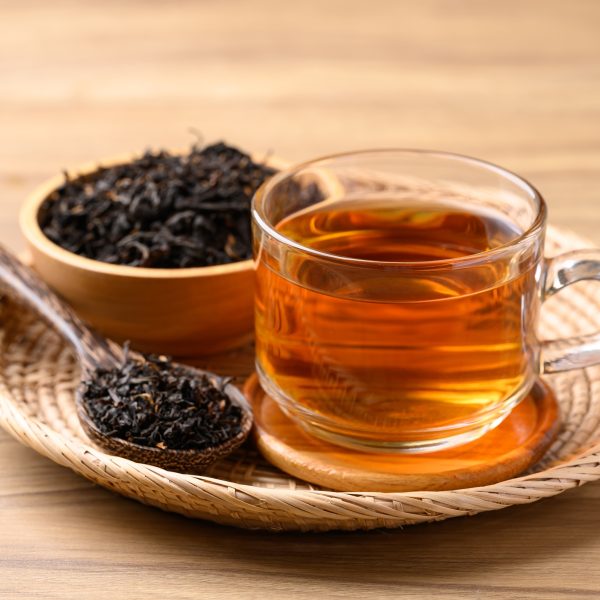
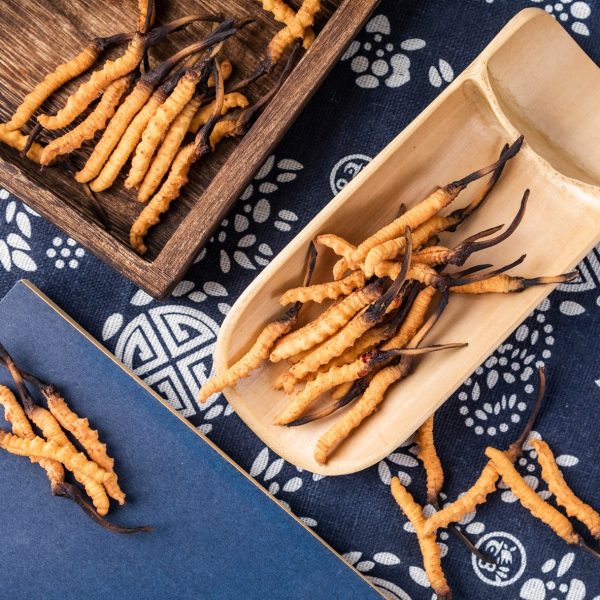
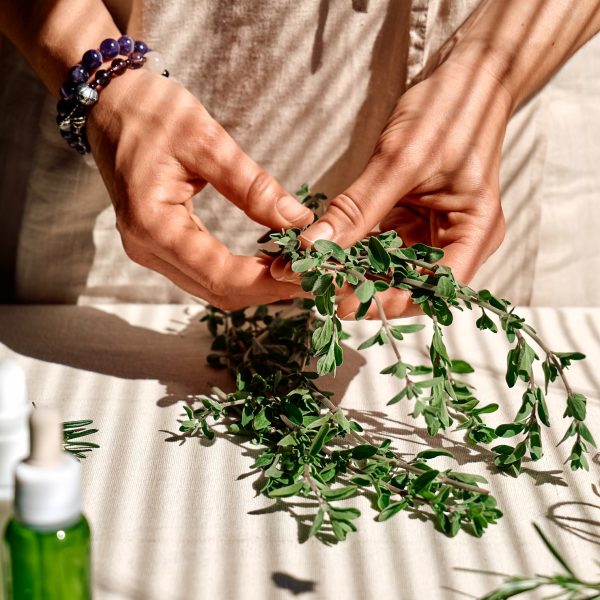
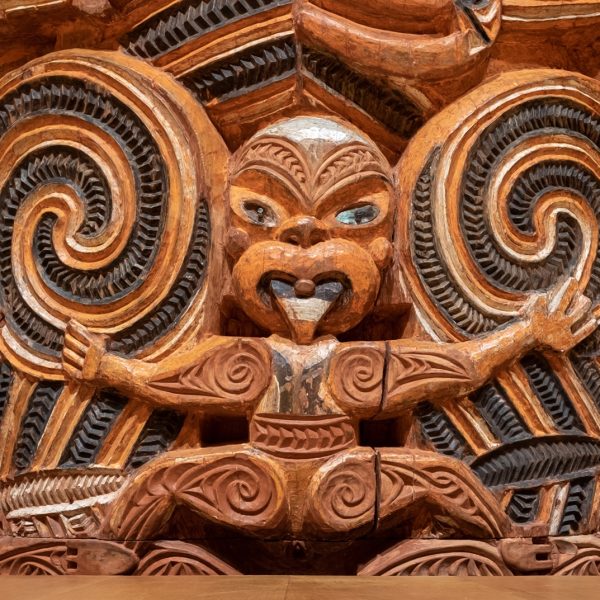










 Horsetail can be used for a number of first aid applications such as for wound healing and for sprains, strains and minor broken bones to help speed up the healing of minor joint injuries. It can also be used as a poultice or made into an ointment to apply externally as well as taken internally for short periods of up to 3 weeks to assist in tissue regeneration and reducing inflammation around the injury.
Horsetail can be used for a number of first aid applications such as for wound healing and for sprains, strains and minor broken bones to help speed up the healing of minor joint injuries. It can also be used as a poultice or made into an ointment to apply externally as well as taken internally for short periods of up to 3 weeks to assist in tissue regeneration and reducing inflammation around the injury. Energetically horsetail is cooling and dry. Its cooling action comes from a secondary detoxing effect that results from increased diuresis. Its astringency is responsible for its tonic and drying effect on the mucous membranes (13).
Energetically horsetail is cooling and dry. Its cooling action comes from a secondary detoxing effect that results from increased diuresis. Its astringency is responsible for its tonic and drying effect on the mucous membranes (13). Musculoskeletal
Musculoskeletal Musculoskeletal system
Musculoskeletal system





